Welcome to the ultimate beginner’s guide to Cities Skylines! As a city-building simulation game, Cities Skylines offers hours of entertainment and creativity. This guide is designed to help new players learn the ropes and develop thriving cities. Whether you’re new to the genre or a seasoned player, this guide will cover everything you need to know, from starting a new city to managing your city’s budget.
Starting a New City
Before you dive into building your city, you’ll need to choose a map. Cities: Skylines offers a variety of maps with different terrain types, natural resources, and outside connections. It’s essential to pick a map that suits your playstyle and preferences.
When you begin, you’ll have a small area to start building your city. You can expand your city by purchasing additional land tiles as your population and budget grow. Keep in mind that every map has a limited amount of tiles you can purchase, so plan accordingly.
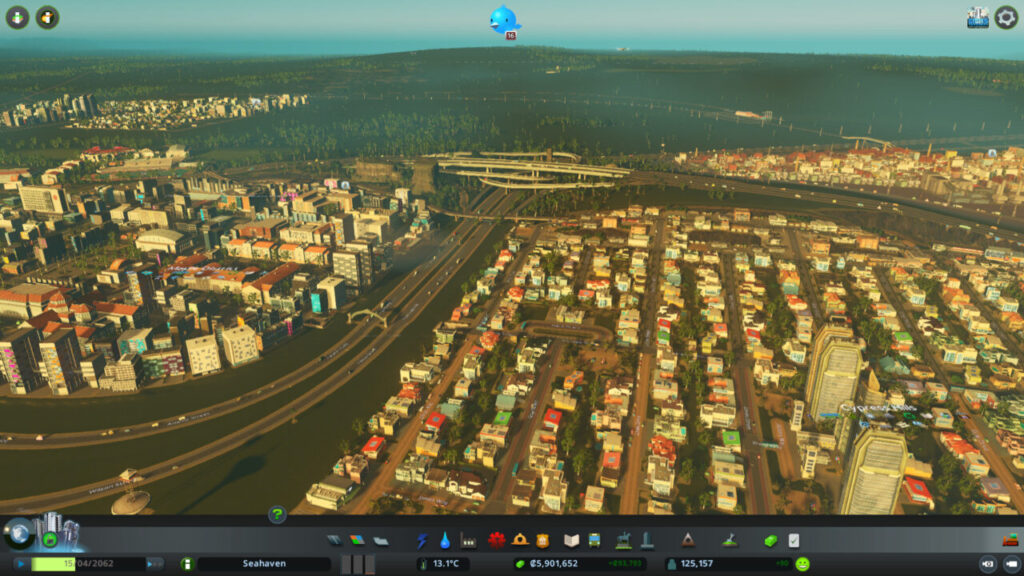
Building Roads and Infrastructure
Roads are the backbone of your city, connecting various zones and ensuring smooth transportation. To build roads, click on the “Roads” button in the toolbar at the bottom of the screen. You’ll find various types of roads, from simple two-lane roads to highways and roundabouts.
Start by connecting your city to the highway using a one-way road. This initial connection will allow resources and new citizens to enter your city. After that, you can expand your road network.
Keep these tips in mind as you build:
- Use a mix of road types: Combine two-lane, four-lane, and six-lane roads to create a balanced road network. Remember that larger roads can handle more traffic but may also create noise pollution.
- Grid vs. Organic: Grid layouts are easy to navigate and efficient, while organic layouts can be more aesthetically pleasing. Both have their advantages, so experiment to find your preferred style.
- Roundabouts: Use roundabouts to improve traffic flow and reduce congestion at busy intersections.
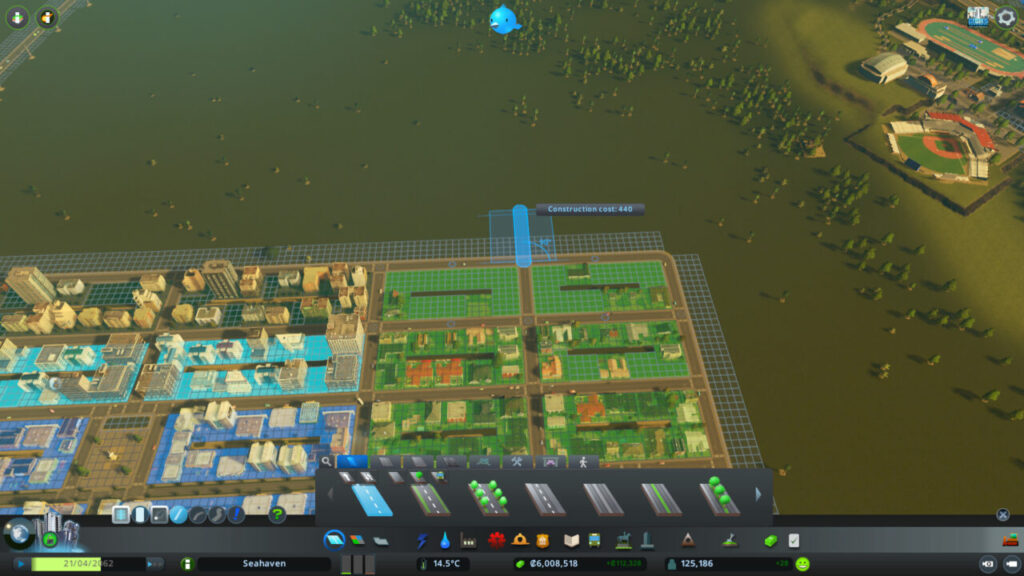
Providing Utilities
Your city will need essential utilities like water, electricity, and waste management. To provide these services, click on the corresponding icons in the toolbar.
- Power: Power plants generate electricity for your city. There are several types of power plants, such as coal, wind, and solar. Connect the power plants to your city using power lines.
- Water: Build water pumping stations near a water source and connect them to your city using water pipes. You’ll also need to set up a sewage outlet to manage waste.
- Garbage: Place garbage dumps and incinerators to manage your city’s waste. Ensure they are placed away from residential areas to avoid pollution and health issues.
- Emergency Services: Build police stations, fire stations, and hospitals to keep your citizens safe and healthy.
- Education: Construct schools, high schools, and universities to educate your population.
- Public Transportation: Develop a public transportation network, including buses, trams, and trains, to reduce traffic congestion and improve mobility.
Power and Water are available and essential right from the start. Other services will become available as your city grows, and it is recommended to utilize them as soon as they become available.
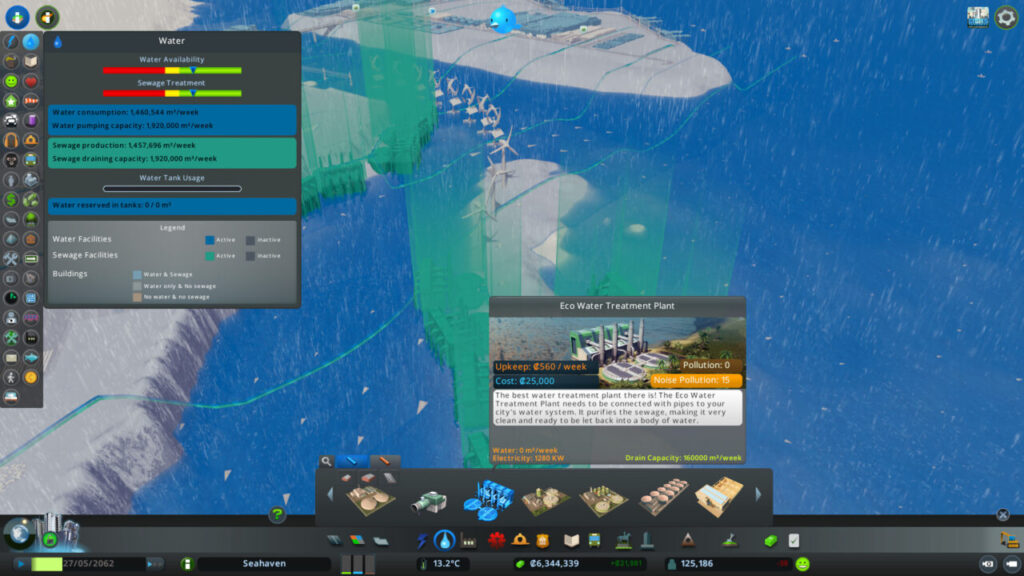
After establishing the essentials, you can start building a grid of roads to create residential, commercial, and industrial zones.
Zoning and City Expansion
Zoning is the process of designating areas for specific purposes, such as residential, commercial, or industrial development. Proper zoning is crucial for your city’s growth and overall happiness of your citizens.
To zone an area, click on the “Zoning” button in the toolbar. There are three main types of zones:
- Residential Zones: Provide housing for your citizens. These zones should be placed away from noisy or polluted areas.
- Commercial Zones: Offer shopping and leisure opportunities. Place these zones near residential areas to meet your citizens’ needs.
- Industrial Zones: Contain factories and other industrial buildings that provide jobs and produce goods. Place these zones away from residential areas to minimize pollution and noise.
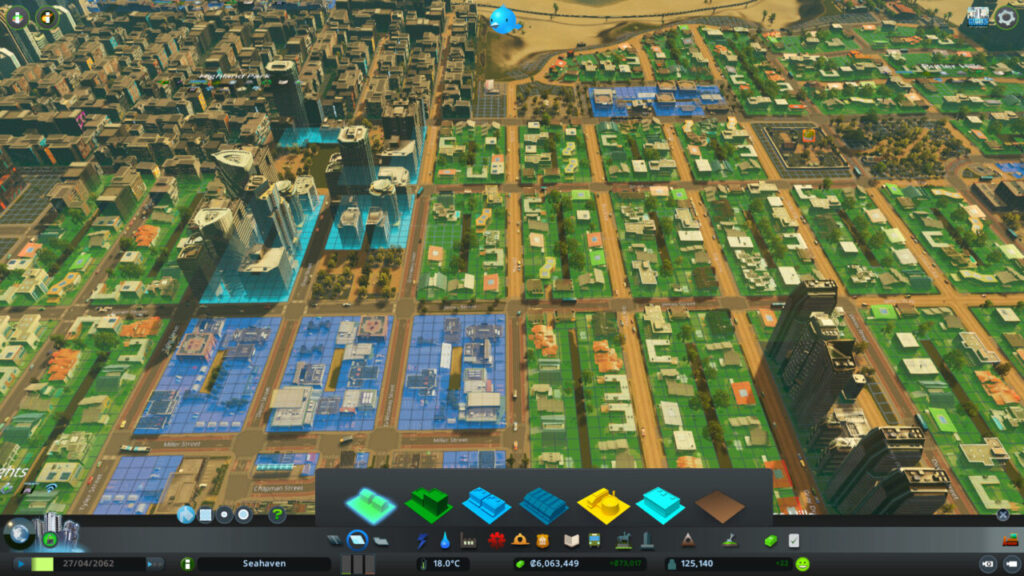
As you expand, consider these zoning tips:
- Balance: Create a balanced city with a mix of residential, commercial, and industrial zones to ensure job opportunities and services for your citizens.
- Buffer Zones: Use parks, offices, or commercial zones as buffer zones between residential and industrial areas to minimize pollution and noise.
- Districts: Use the district tool to create specialized areas with unique policies and industry types, such as farming, forestry, or tourism.
Managing Your City’s Budget
Budget management is crucial for your city’s success. You can access the budget panel by clicking on the “Economy” button in the toolbar.
Keep an eye on your city’s income and expenses. As your city grows, you’ll need to adjust taxes, allocate funds to various services, and take out loans if necessary. Balancing your budget is vital to ensure your city thrives and attracts more citizens.
To maintain a thriving city, you’ll need to manage your budget effectively. Keep these tips in mind:
- Taxes: Set taxes for residential, commercial, and industrial zones. Be cautious not to set taxes too high, as it may discourage growth.
- Loans: Take out loans if necessary to fund large projects, but remember to budget for loan repayments
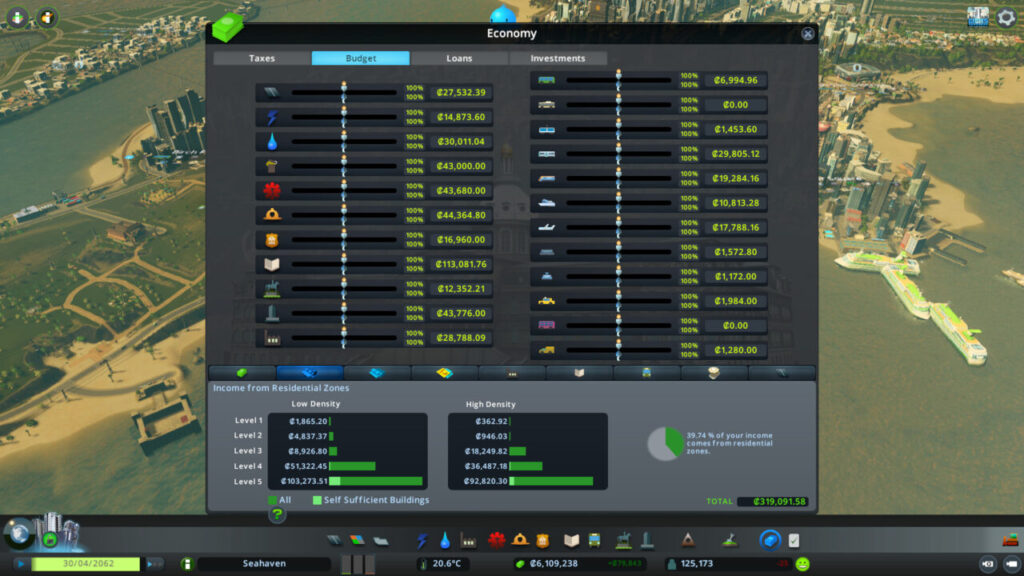
In conclusion, Cities Skylines offers endless possibilities for creativity and city-building. By following this beginner’s guide, you’ll be well on your way to constructing a bustling metropolis that caters to the needs of your citizens. Remember to start with a solid foundation, build efficient road networks, provide essential services, and maintain a balanced budget. As you gain experience, don’t be afraid to experiment with different layouts, zoning techniques, and policies. Most importantly, have fun and enjoy watching your city grow and evolve. Happy building!

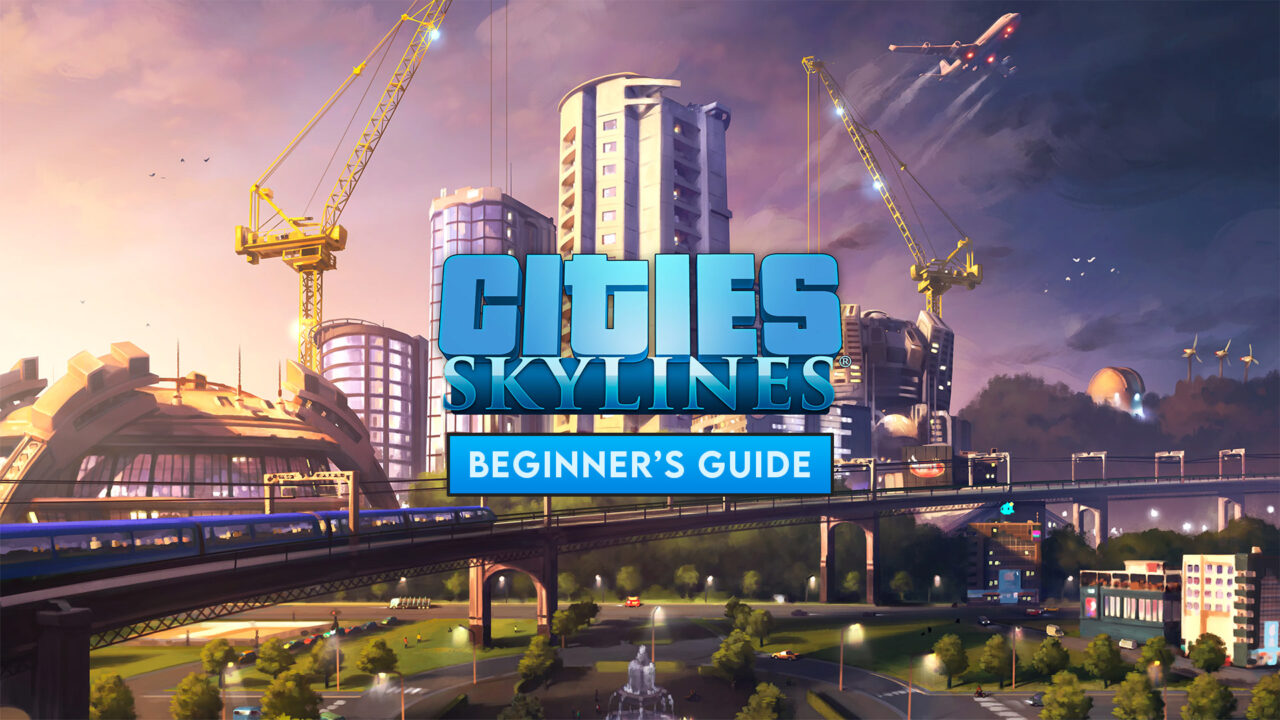
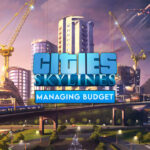
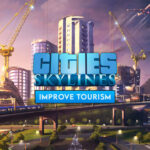
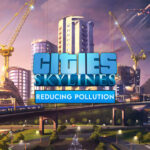
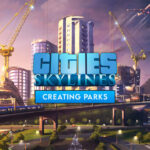
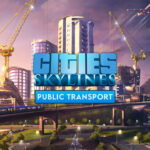
Leave a Reply